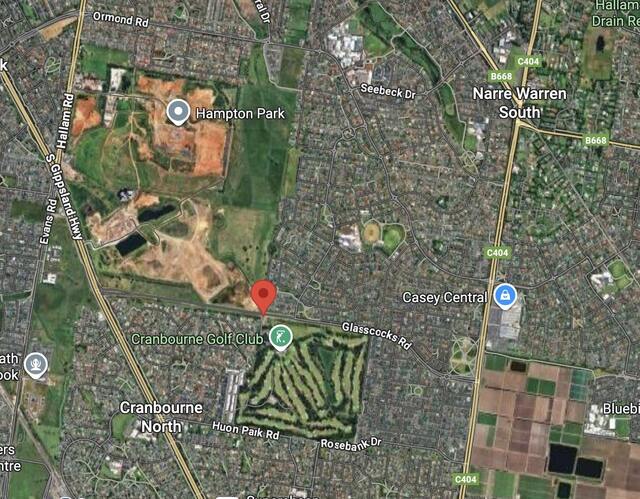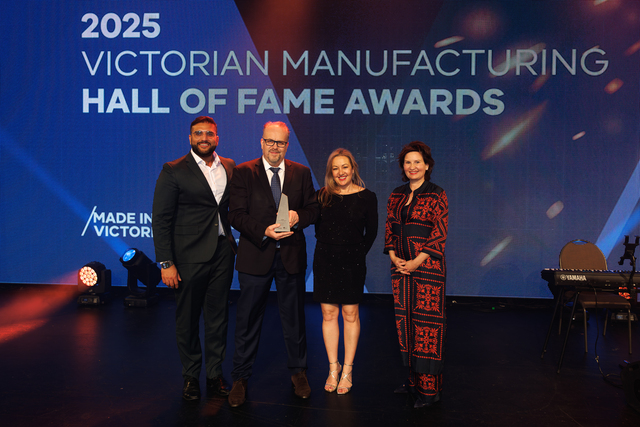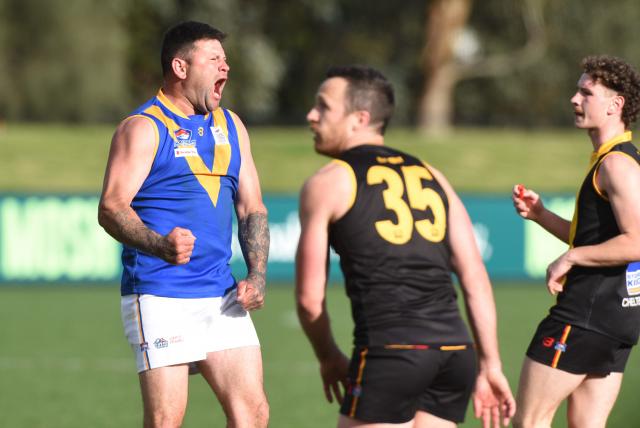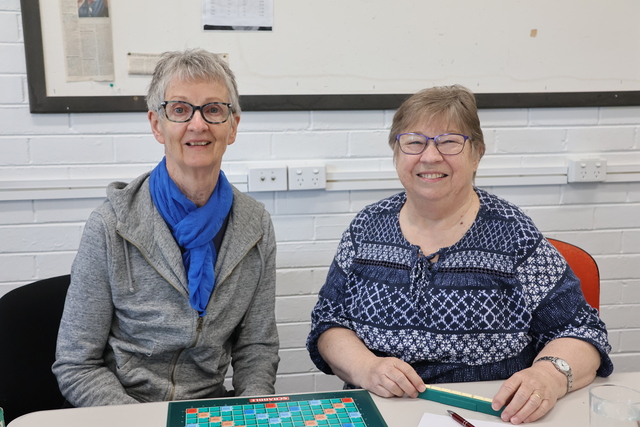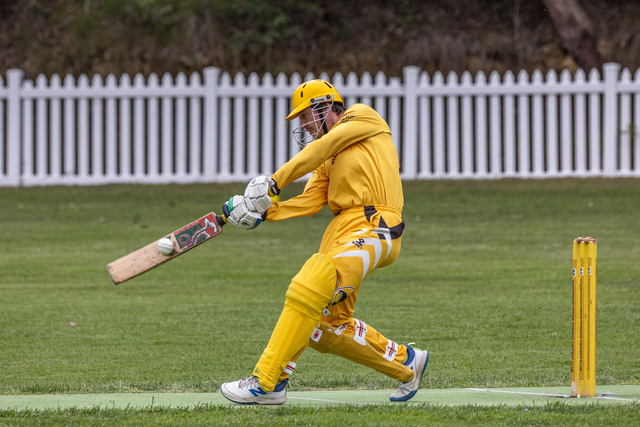A Cranbourne-based microbusiness that uses magnets to treat pain has been featured in an American medical journal.
Established by James and Dianne Hermans in Queensland in 2009, ‘Q Magnets’ specialises in multipolar magnets designed to provide pain relief.
‘Q Magnets’ was cited by Dr Richard Niemtzow, the founder of Battlefield Acupuncture with a history of working with the United States’ Armed Forces, in April’s edition of the Medical Acupuncture Journal, after they proved successful in removing knee pain for a patient.
The patient, a 50-year-old man, had suffered chronic knee pain for five years that was so debilitating that he needed to take breaks while he was driving in order to relieve the discomfort. He also walked with a limp.
But after 24 hours with a pair of octapolar magnets from ‘Q Magnets’ taped to his knee, the patient achieved “dramatic” results, with the pain subsiding and the limp disappearing.
“It was one of a doctor, a guy in Queensland who emailed me and goes ‘have you seen this?’ because he obviously subscribes to the journal and that was the first time I’d heard about it,” Mr Hermans said, recounting how he learnt of the reference in the article.
“I was stunned. I thought, ‘wow’.
“It’s like a little milestone along the way.
“We’re a small business and we’ve developed something that’s quite unique in the world. I just happen to come from Cranbourne and then it gets picked up and mentioned in the journal.”
The science? Magnetic fields reduce the transmission of pain signals to the brain, which registers that something is not right in the problematic area of the body.
Where an everyday bipolar magnet will simply have a positive and negative side, multipolar magnets consist of four, six or eight bipolar magnets specifically arranged in a small device roughly the size of a 10-cent piece, tightly packed to produce a strong magnetic field.
“You get this effect with magnetic field gradients that you just don’t get with normal bipolar magnets,” Mr Hermans said.
“The magnets are somehow affecting that flow of (calcium and sodium) ions in and out of the cell, and can stabilise the cell membrane and the instability of cell membranes can cause a lot of these chronic pain conditions. The nerve cells become sensitised over time, leading to chronic pain.
“The nerve signal travels through electricity and magnetism.”
Among their high-profile Australian clientele include former Australian cricketer Shane Watson, former AFL footballers Simon Black and Daniel Merrett, and former Wallabies captain turned Senator, David Pocock.
While admitting that the use of magnets is an “outside the square” approach, Mr Hermans believes the magnets offer a largely risk-free point-of-difference to traditional medicine.
“Universities drill evidence-based medicine, which is fair enough, but there’s a certain percentage of people who just don’t fit into the evidence-based medicine kind of box; you apply the evidence-based medicine things and they just don’t get better.
“That’s where you want to go and see your practitioner who thinks outside the square and they’ll have 50 other things that, because they’re a little different, they haven’t been through the rigorous testing, so you could say it’s not evidence-based medicine. But evidence-based medicine is not just about randomised control, placebo-controlled trials, it’s about the practitioner’s clinical rationale and so-forth.
“If there’s a rationale as to why you’re doing it, and you can explain to your patient the rationale behind why you’re doing it, the risks and the benefits, that’s still evidence-based medicine.
“The thing with the magnet is, the worst thing that can happen, is nothing. You try it for a couple of days, and if it doesn’t work, then, ‘oh well. It didn’t work for me but what have we got to lose?’”
To read the article in which Q Magnets is referenced, head to liebertpub.com/doi/full/10.1089/acu.2022.29203.rcn
To learn more about Q Magnets, go to qmagnets.com


